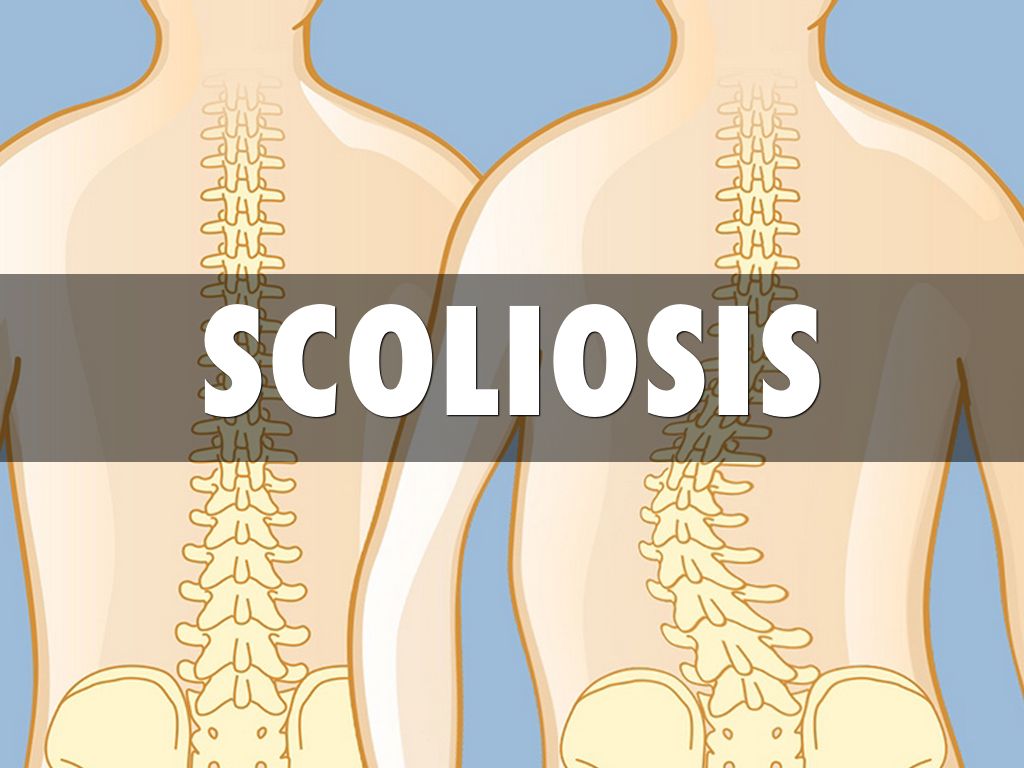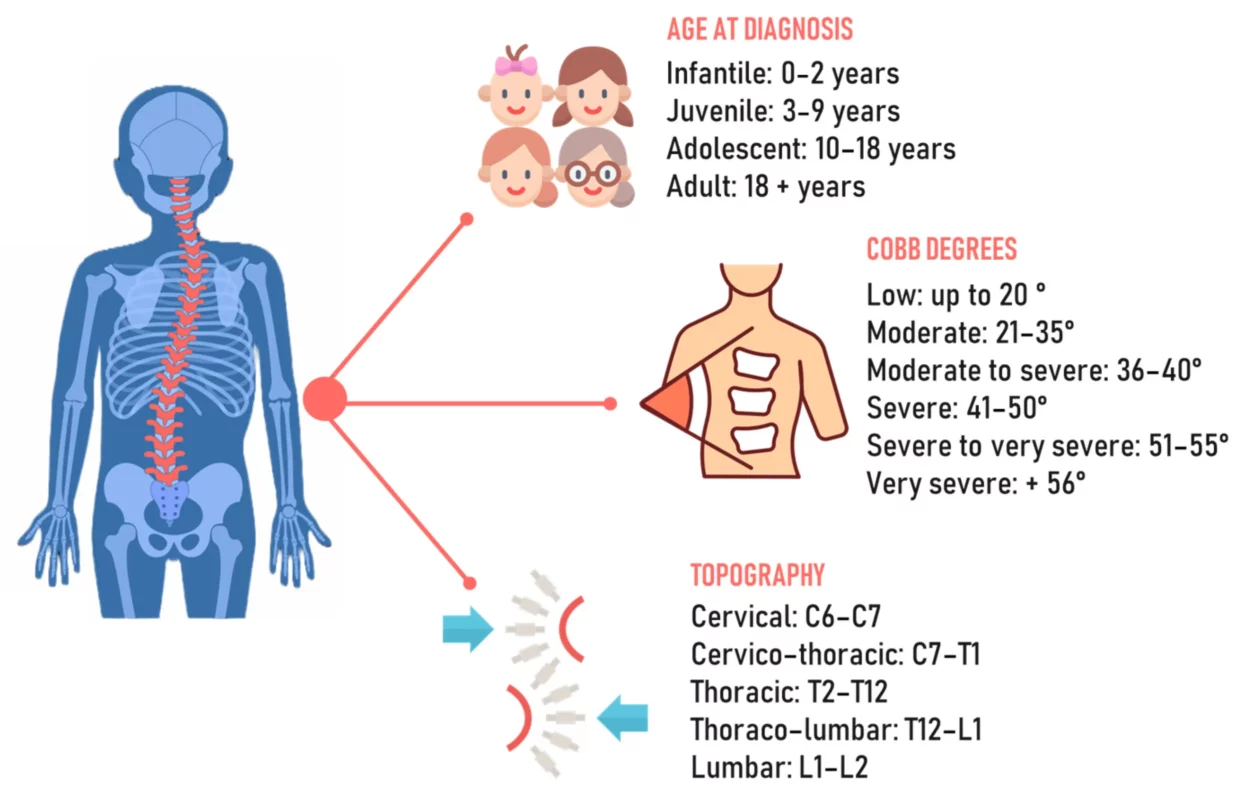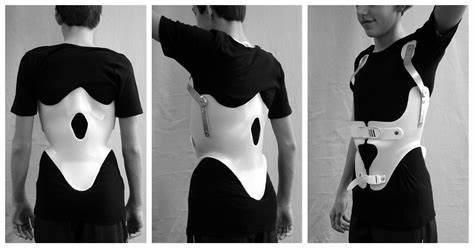Scoliosis is a condition characterized by an abnormal curvature of the spine, which can affect people of all ages. Early detection and monitoring of scoliosis are crucial for effective treatment and prevention of further progression. While professional evaluation is essential, conducting a basic scoliosis check at home can help identify potential signs and symptoms. This article will guide you through the process of conducting a basic scoliosis check, providing step-by-step instructions and highlighting key areas to observe.

脊柱側湾症を理解する原因と症状
Before delving into the scoliosis check, it is important to understand the causes and symptoms of this condition. Scoliosis can be caused by various factors, including congenital abnormalities, neuromuscular conditions, or idiopathic reasons, which account for about 80% of cases. Idiopathic scoliosis typically develops during adolescence and affects girls more frequently than boys.
The symptoms of scoliosis can vary depending on the severity of the curvature. Common signs include uneven shoulders, waist, or hips, a prominent shoulder blade, and an asymmetrical ribcage. Some individuals may also experience back pain, muscle imbalances, or limited range of motion. Understanding these symptoms will help you identify potential signs during the scoliosis check.

早期発見とモニタリングの重要性
Early detection and monitoring of scoliosis are crucial for several reasons. Firstly, identifying scoliosis at an early stage allows for more effective treatment options. Non-surgical interventions, such as bracing or physical therapy, can help prevent further progression of the curvature. Secondly, monitoring scoliosis over time enables healthcare professionals to assess the rate of progression and determine the appropriate course of action. Regular check-ups and evaluations are essential to ensure timely intervention if needed.

Preparing for a Basic Scoliosis Check
Before conducting a basic scoliosis check, it is important to create a suitable environment. Find a well-lit room with a flat surface, such as a table or bed, where the individual can stand or lie down comfortably. Have a measuring tape or ruler, a mirror, and a camera or smartphone ready to document any findings. It is also helpful to have a reference image of a normal spine for comparison purposes.
Step-by-Step Guide: Conducting a Basic Scoliosis Check
1. Assessing Spinal Alignment and Curvature
Begin by observing the individual’s back from different angles. Ask them to stand straight with their arms relaxed by their sides. Look for any noticeable curves or asymmetry in the spine. Use the measuring tape or ruler to measure the distance between the individual’s waist and the floor on both sides. Uneven measurements may indicate a potential curvature.
2. Identifying Visible Signs of Scoliosis
Next, ask the individual to remove their shirt and stand in front of a mirror. Observe the shoulders, waist, and hips for any signs of asymmetry. Look for a prominent shoulder blade or a rib hump on one side. Take note of any visible signs that may indicate scoliosis.
3. Checking for Uneven Shoulders and Waist
Ask the individual to stand with their back facing you. Observe the alignment of their shoulders and waist. Look for any noticeable differences in height or alignment. Uneven shoulders or a tilted waist may suggest a potential curvature.
4. Observing Posture and Gait Abnormalities
Ask the individual to walk a few steps and observe their posture and gait. Look for any signs of leaning to one side, a tilted head, or an uneven stride. These abnormalities may indicate scoliosis-related muscle imbalances or compensatory movements.
5. Assessing Range of Motion and Muscle Imbalances
Guide the individual through a series of simple movements, such as bending forward, backward, and to the sides. Observe their range of motion and any signs of discomfort or limitations. Additionally, check for muscle imbalances, such as one side of the back appearing more developed or stronger than the other.
6. Documenting Findings and Seeking Professional Evaluation
Throughout the scoliosis check, document any findings using a camera or smartphone. Take pictures from different angles to capture the curvature, asymmetry, or visible signs. Note down any measurements or observations made during the process. Once completed, seek professional evaluation from a healthcare provider or orthopedic specialist to confirm the presence of scoliosis and determine the appropriate course of action.
Conclusion: Taking Action for Scoliosis Prevention and Treatment
Conducting a basic scoliosis check at home can help identify potential signs and symptoms of scoliosis. Early detection and monitoring are crucial for effective treatment and prevention of further progression. By understanding the causes and symptoms of scoliosis, preparing for a basic scoliosis check, and following the step-by-step guide provided, individuals can play an active role in their own health. Remember, while a basic scoliosis check at home is helpful, seeking professional evaluation is essential for accurate diagnosis and appropriate treatment. By taking action and seeking timely intervention, individuals can ensure the best possible outcomes for scoliosis prevention and treatment.
参考文献
- 国立関節炎・筋骨格系・皮膚疾患研究所。"脊柱側湾症".NIH.NIH: https://www.niams.nih.gov/health-topics/scoliosis
- Mayo Clinic. “Scoliosis: Symptoms and Causes.” Mayo Clinic. Available at: https://www.mayoclinic.org/diseases-conditions/scoliosis/symptoms-causes/syc-20350971
- American Academy of Orthopaedic Surgeons. “Scoliosis: Symptoms, Causes, and Diagnosis.” AAOS. Available at: https://orthoinfo.aaos.org/en/diseases–conditions/scoliosis/
- Spine-Health. “How to Perform a Basic Scoliosis Check at Home.” Spine-Health. Available at: https://www.spine-health.com/conditions/scoliosis/home-scoliosis-check
- The Scoliosis Association. “Checking for Scoliosis: A Simple Guide.” The Scoliosis Association. Available at: https://www.scoliosis-association.org/scoliosis-check-guide/
- Cleveland Clinic. “Scoliosis: Overview and Self-Assessment.” Cleveland Clinic. Available at: https://my.clevelandclinic.org/health/diseases/4371-scoliosis
- Johns Hopkins Medicine. “Scoliosis Self-Check and Symptoms.” Johns Hopkins Medicine. Available at: https://www.hopkinsmedicine.org/health/conditions-and-diseases/scoliosis
- Children’s Hospital of Philadelphia. “Scoliosis: What Parents Need to Know.” CHOP. Available at: https://www.chop.edu/conditions-diseases/scoliosis
- National Scoliosis Foundation. “How to Check for Scoliosis at Home.” National Scoliosis Foundation. Available at: https://www.scoliosis.org/how-to-check-for-scoliosis/
- Healthline. “Scoliosis Self-Check: Signs and Symptoms to Watch For.” Healthline. Available at: https://www.healthline.com/health/scoliosis-self-check

